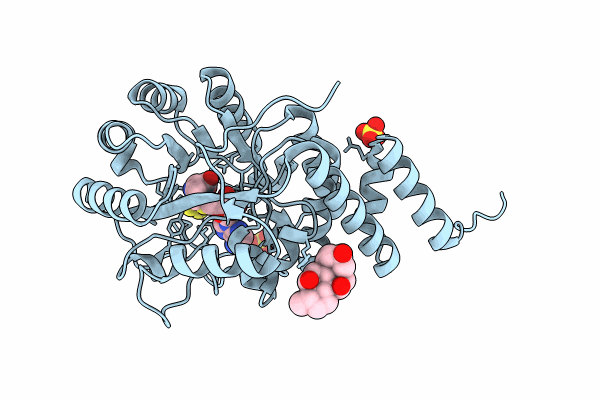
Deposition Date
2023-09-23
Release Date
2023-11-22
Last Version Date
2025-12-10
Entry Detail
PDB ID:
8QMM
Keywords:
Title:
M291I variant of the [FeFe]-hydrogenase maturase HydE from Thermotoga maritima
Biological Source:
Source Organism:
Thermotoga maritima MSB8 (Taxon ID: 243274)
Host Organism:
Method Details:
Experimental Method:
Resolution:
1.20 Å
R-Value Free:
0.15
R-Value Work:
0.12
R-Value Observed:
0.12
Space Group:
P 21 21 2


